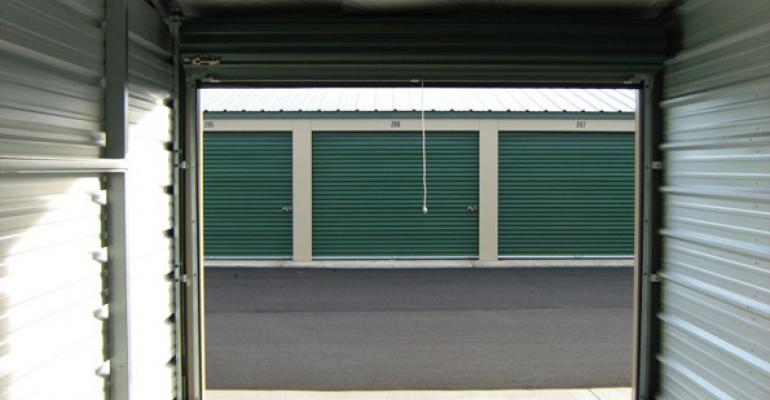Rents at self-storage properties are dropping across the U.S. as new properties struggle to lease up units and existing facilities fight to keep their customers.
“The self-storage industry is in for a rough slog," says Doug Ressler, director of business intelligence at data firm Yardi Matrix. “Deliveries are expected to remain elevated, pushing down pricing for many operators.”
Despite falling rents and slow leasing, developers still plan to build thousands of new properties across the U.S., according to Yardi. As the largest markets become overbuilt, they have turned to smaller, secondary markets to find sites and avoid competition.
"Yield-seeking institutional capital has flowed into secondary and tertiary markets, which were overlooked earlier in the cycle," says Ryan Clark, director of investment sales for SkyView Advisors, a national self-storage brokerage firm headquartered in Tampa, Fla.
Rents are falling
Average rents continue to drop at self-storage properties. “Elevated completion levels continue to put downward pressure on rents in most markets tracked by Yardi Matrix,” says Ressler.
Average rents declined to $115 per unit in September 2019 across the U.S., down $1 from the month before. On a year-over-year basis, rates dipped by 2.5 percent for standard 10 foot by 10 foot, non-climate-controlled self-storage units. They shrank even more—by 3.7 percent—for climate-controlled unit of similar size. Of the top markets tracked by Yardi Matrix, about 85 percent have posted falling rents.
“Annual street rate performance was positive in just three markets,” says Ressler. Those include the undersupplied markets of Las Vegas (up 4.3 percent year-over-year in September) and the Inland Empire (up 1.8 percent), as well as Columbus, Ohio (up 1.1 percent), which continues to diversify its economy and attract young professionals.
Fighting off all the competition from new self-storage properties has been expensive for self-storage companies. "Many large operators have experienced significant increases in their online advertising expenses as they are competing to bring tenants into their properties," says Clark.
Lower-than-anticipated revenue growth and higher-than-anticipated expense growth resulted in Public Storage (the largest operator in the world) reporting negative net operating income (NOI) growth in the third quarter. "This is their first quarter of negative NOI growth since the first quarter of 2010," says Clark.
Lower rents are “increasing the need for improved performance through tightened operating costs and better efficiency,” says Ressler.
Some hope for the future
A growing number of self-storage companies are talking about building fewer new projects.
“There is going to be a big drop off in deliverables,” says Nick Walker, executive vice president of the self-storage advisory group at real estate services firm CBRE. “Talking to real estate investment trusts and large institutional operators, they have seen that we are further along in the development cycle. Rents have gone down and projects take longer to lease up.”
However, the fact that leading developers are now talking about building fewer properties has not yet lowered the number projects underway. Developers now have a total of 2,140 self-storage properties in various stages of development, according to an October 2019 tally by Yardi Matrix. Those projects would add up to a 9.4 percent increase to the existing inventory. The pipeline includes 592 projects under construction, 1,172 planned projects and 376 prospective projects.
However, it has become more difficult to build new self-storage properties in markets that developers would naturally be most interested in due to their long-term population and job growth. “Many of these markets have become oversaturated and no longer justify additional development from a supply-and-demand perspective,” says Clark.
Instead, there is now more interest in building in the top 30 to 60 MSAs, according to Walker.





